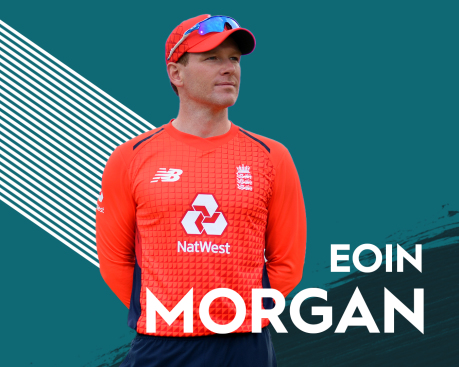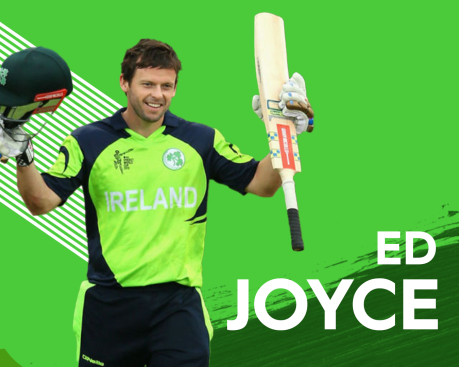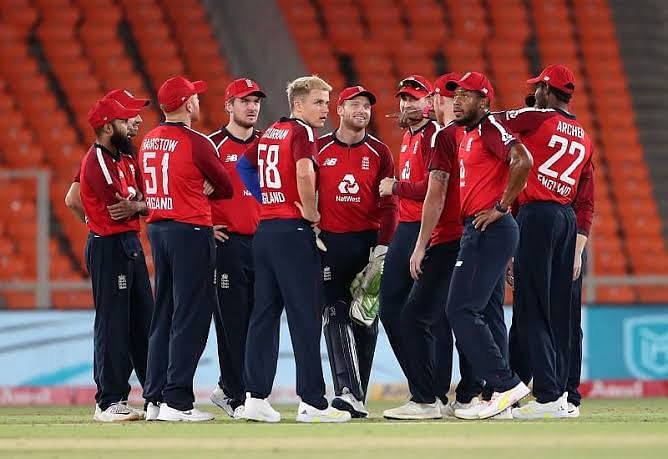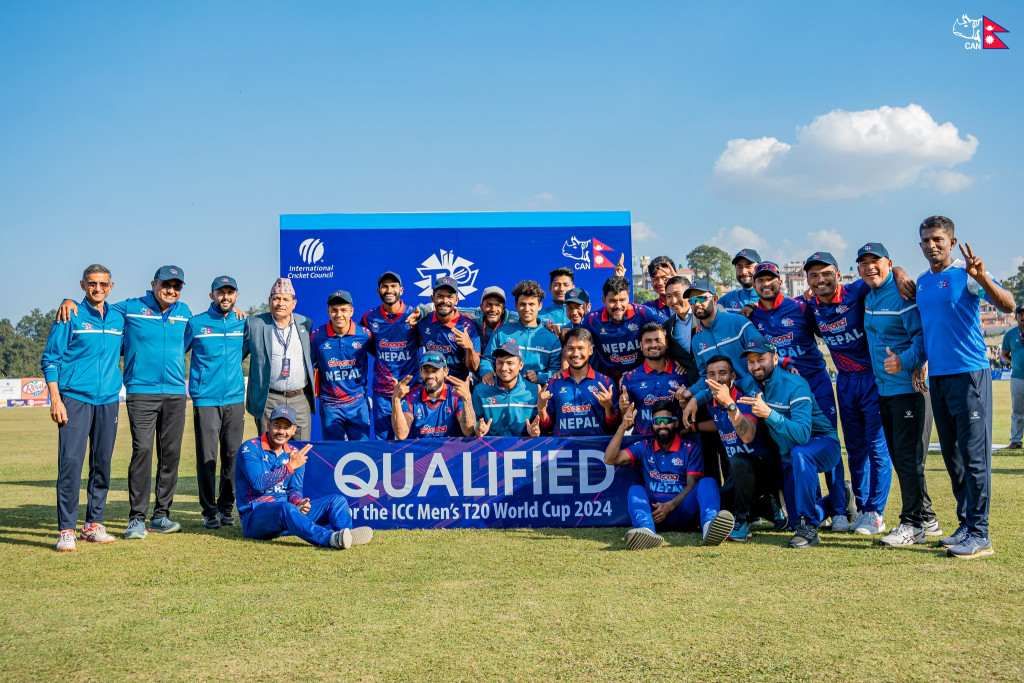Representing one's nation for International games is an ultimate aspiration for any budding cricketer. Over the years, we have seen many cricketers don the jerseys of their respective nations and etch their legacy into our minds. Likewise, there are many talented players who have got lost in the domestic levels or never had the opportunity to showcase their cricket.
So in order to create a career in cricket, many have chosen to represent countries apart from their home nation. While some shifted countries that they played for due to lack of opportunities, others had various other reasons.
Billy Midwinter was the first cricketer who has played for two different nations during his career. He played two Test matches for Australia in 1877, to begin with, Then played four tests representing England in 1881-82, then was back to representing Australia within a year.
Today we take a look at some famous players to represent two nations since the inception of One Day International cricket.
Eoin Morgan (Ireland and England)

The present-day limited-overs captain of the England Team, Eoin Morgan’s name might be the first that pops up when we talk about this topic. The talented batsman first burst onto the cricketing scene in the 2007 World Cup, as the Irish cricketing team, one of the associate nations in the tournament, beat Pakistan. He represented Ireland in the U17 and U19 levels, also captaining the Irish side to the U19 World Cup.
Morgan, known for his big six-hitting abilities during his stint in county cricket, got selected in the 30 man-probables for the 2010 World T20. And so subsequently he quit playing for Ireland and since has gone onto prove the merit of his decision as he won the 2019 World Cup with England, captaining the side.
Dirk Nannes (Holland and Australia)

Dirk Nannes has confessed that he became a cricketer by chance. Although he used to play some level of club cricket, his main passion was skinning, and has participated in many World Cup skinning events. After narrowly missing out on the Australian Winter Olympics team, the pacer started taking cricket seriously. After being overlooked for the Australian cricket team after years of playing in the domestic level, Nannes switched allegiances and debuted for the Netherlands cricket team
The fast bowler was part of the Netherlands team that shocked England in the tournament opener of World T20. Soon the fast bowler made it into the Australian radar and made his debut in an ODI against Scotland. Soon the bowler established himself as a T20 specialist and has gone onto prove his prowess in various T20 leagues.
Kepler Wessels (Australia and South Africa)

As one of the first Afrikaans to choose cricket over rugby, Kepler Wessels was known as the ‘ man who didn't belong’. He tried many other sports including swimming, tennis before shifting his sole focus to cricket. Due to the apartheid period, had to play for Australia and made his debut in the 1982 Ashes against England. He scored 162 during the first innings in his debut match.
But as soon as ICC removed the ban and South Africa was allowed to play Test cricket, Wessels was back to playing for his home nation and led the South African team to the semifinals in the 1992 World Cup. He then retired from all forms of cricket in 1994 and took up a seat in the commentary box.
Luke Ronchi (Australia and New Zealand)

Considering Australia and New Zealand trans-Tasman rivalry between the two nations, Luke Ronchi is the only player to have played for both sides. Even though he was born in New Zealand he was raised mostly in Australia. After a promising start to his Australian career, The batsmen experienced a dip in form and was soon out of the national and state teams.
Since then the batsman went back to his birth country and was eligible to represent his birth nation in 2013. Making his debut, he became the first man since Kepler Wessels to represent two nations. He then went onto being part of the 2015 World Cup squad, which went till the finals and is currently retired, part of the BlackCaps coaching team.
Ed Joyce (Ireland and England)

The talented batsman became the first player in the modern era to have played for both Ireland and England when he switched allegiances. He made his debut in International cricket against England at Belfast in 2006, which England won convincingly. He then helped Ireland through the qualifiers of the 2007 World Cup and then represented England in the World Cup. He found life tough in the England team, playing only 17 matches, and then switched back to his home team.
He then represented Ireland in the 2011 World Cup, as ICC had given him special dispensation to switch representation. After making his test debut with Ireland in Dublin against Pakistan, he has since retired, making it his one and only Test played and one of the shortest Test careers.
While some have found success in their decisions, others have not fared very well. In the end, it was the love for the game that fuelled these sportsmen and had to make tough choices for their careers. Let us know who surprised you the most and proved wise to their decision.






